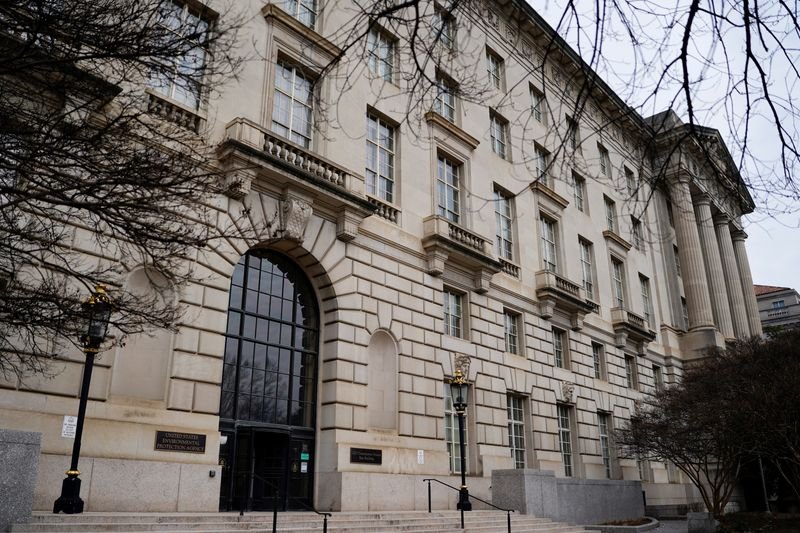US EPA Plans to Increase Biofuel Blending Volumes Through 2027
The United States Environmental Protection Agency (EPA) has put forth a proposal to boost the amount of biofuel blended into the country’s fuel supply. This initiative aims to enhance the blending volumes for renewable fuels through the year 2027, a measure designed to support energy independence and promote sustainable agricultural practices.
Understanding the Biofuel Blending Proposal
The biofuel blending proposal from the EPA sets ambitious targets for the incorporation of renewable fuels into traditional gasoline and diesel. The agency is planning to raise the volume of renewable fuel to be blended, which could have significant implications for the agricultural and energy sectors.
Benefits of Increased Biofuel Blending
Increasing biofuel mixing brings several benefits:
Environmental Impact: Biofuels contribute to lower greenhouse gas emissions compared to fossil fuels. The rise in renewable fuel blending can aid in the nation’s quest to combat climate change.
Energy Security: By boosting biofuel usage, the U.S. can reduce its dependence on foreign oil, fostering greater energy independence.
Economic Growth: The expansion of biofuel production can stimulate job growth in farming, manufacturing, and renewable energy sectors, thereby bolstering local economies.
- Support for Farmers: By increasing demand for biofuels, the proposal can create new opportunities for farmers, particularly those involved in the production of corn, soybeans, and other biofuel feedstocks.
Proposed Volume Levels
The EPA’s proposal outlines specific targets for biofuel blending. This includes raising the volumes of advanced biofuels and biomass-based biodiesel over the next few years. The progressive increments aim to ensure that the blending targets align with market capabilities and environmental considerations.
Stakeholder Reactions
The proposal has garnered a mix of responses from various stakeholders. Many environmental advocates and renewable energy organizations support the increased blending volumes, emphasizing the potential for substantial environmental benefits. Conversely, some critics argue that the focus on biofuels should not overshadow the importance of energy conservation and the adoption of other renewable energy sources.
Challenges Ahead
While the proposal has a promising outlook, there are challenges to consider:
Infrastructure Development: For the increased blending volumes to be effective, enhancements in infrastructure for both production and distribution will be necessary to accommodate the rising demand.
Market Fluctuations: The renewable fuels market is subject to fluctuations influenced by agricultural yields, oil prices, and governmental policies. These variables can impact the successful implementation of higher blending targets.
- Public Reception: Gaining widespread support from consumers and industries is crucial. The acceptance of biofuels depends not only on economic incentives but also on public awareness of their benefits.
Future Outlook
As the EPA moves forward with this proposal, the anticipation is that it will pave the way for a more robust renewable fuel economy. The long-term vision includes not just increased blending volumes but also a comprehensive strategy for sustainable energy practices that incorporate diverse renewable options.
Conclusion
The EPA’s proposal to raise biofuel blending volumes through 2027 represents a significant step toward enhancing the U.S.’s renewable energy landscape. With the potential to bolster environmental protections, foster economic growth, and support agricultural sectors, this initiative aims to contribute positively to the country’s energy future. As stakeholders come together to support this transition, the focus remains on implementing effective strategies to achieve these ambitious goals.
